I’m so ready for this thanks to infernohotpilates lasvegas! Who wants to join me in a 30 Day

Tests for pelvic organ prolapse can include: Pelvic floor strength tests. A healthcare professional tests the strength of the pelvic floor and sphincter muscles during a pelvic exam. This tests the strength of the muscles and ligaments that support the vaginal walls, uterus, rectum, urethra and bladder. Bladder function tests.
Anderson Squats YouTube

You should also avoid exercises that make pelvic organ prolapse worse, including running, jumping, and skipping, avoid lifting heavy objects, and avoid strength training exercises such as sit-ups and abdominal crunches, planks, abdominal exercise machines, wide leg and machine squats, and leg presses. 2. Pelvic Floor Physical Therapy/Exercises.
How to Do the Squat Proper Form, Variations, and Common Mistakes
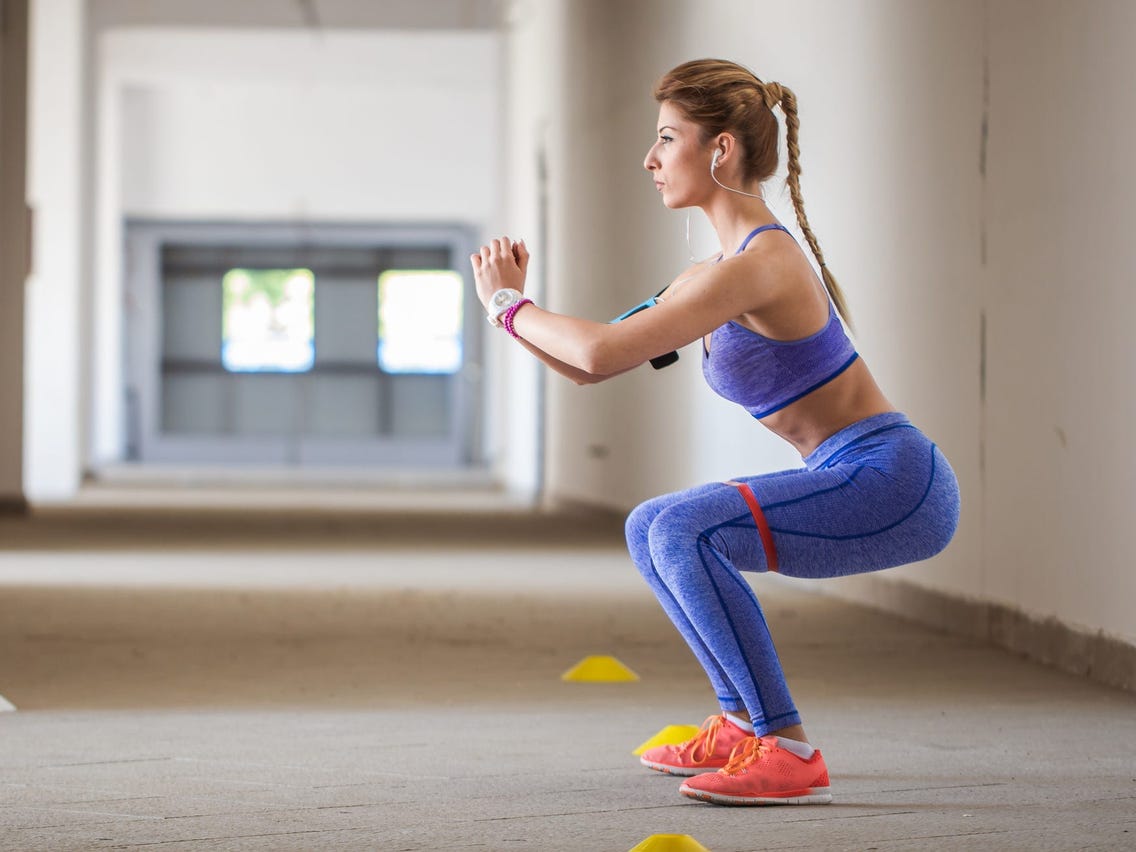
In this complete prolapse guide you'll learn prolapse safe exercises, symptoms and prolapse surgery success stories.. you are an amazing young woman! Helpful professional health advocate! I thank you please keep up the good work, I am so going to share your site with all my female friends, and coworkers! Reply. Jessica. February 28, 2021 at.
Pin by Casey Colon on gettin FIT! 30 day squat challenge, Workout challenge, Squat challenge

This video answers a question I've received many times over the years, "can I squat if I have prolapse?" Remember to speak with a women's health physical the.
Exercising. Squats On His Chest Stock Illustration Image 43825950 Fitness Workouts, Fitness

Introduction. Pelvic organ prolapse (POP) is a common condition in women, with reported prevalence rates varying according to whether it is reported by symptoms (1-31%), pelvic examination (10-50%), or both (20-65%) [].Parity and vaginal birth with pelvic floor muscle (PFM) injuries are established risk factors [].Handa et al. [] reported that the strong association between POP and.
Six Astonishing Facts About How Common Pelvic Organ Prolapse Really Is! Bend + Mend
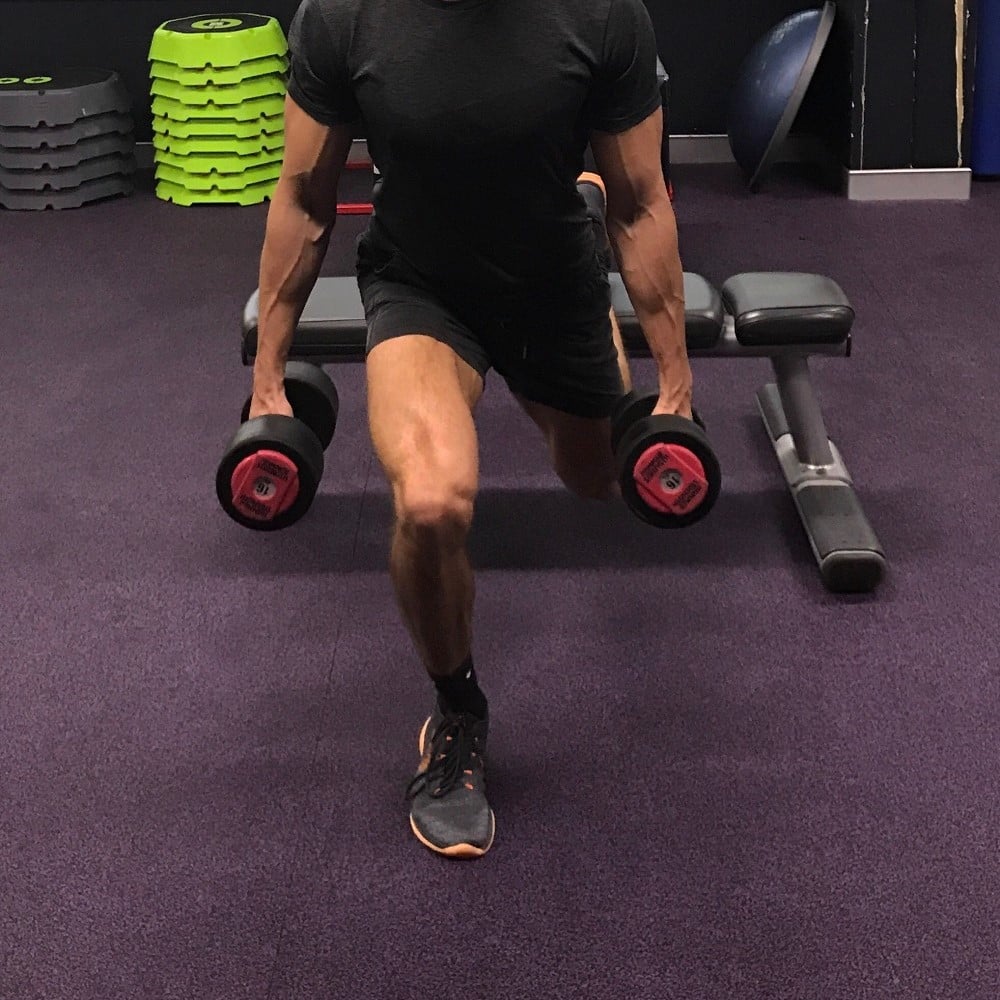
Squats strengthen and tone the thighs and buttocks. The deeper you squat with your legs apart the greater the downward load on your pelvic floor. Adding resistance to your upper body during your squats increases the load on your prolapse. Some potentially unsafe variations of weighted squats include: Wide Stance Barbell Squat (shown above)
Différent Squat Squat fesses musculation fessiers apres augmenter muscler exercice regimesmaigrir

Fun fact, there aren't really "pelvic safe" exercises. The good news is that MOST exercise is generally safe, even when you have a prolapse. Now, life everything in life there is a catch. You and I may be similar in a lot of ways, but we are also both different. So what works (and doesn't work) for me, may actually work for you.
Super Squats by Randall Strossen Grip & Lift Australia

Final thoughts. For those with healthy pelvic floor function, squatting is not detrimental to the pelvic floor region. Squatting, when done properly, can help to relax or strengthen muscles of (and surrounding) the pelvic floor. The key is to know how to perform all aspects of the squat correctly, based on the needs of the muscles themselves.
The Barbell Squat How To Do It PROPERLY For Growth (4 Easy Steps)
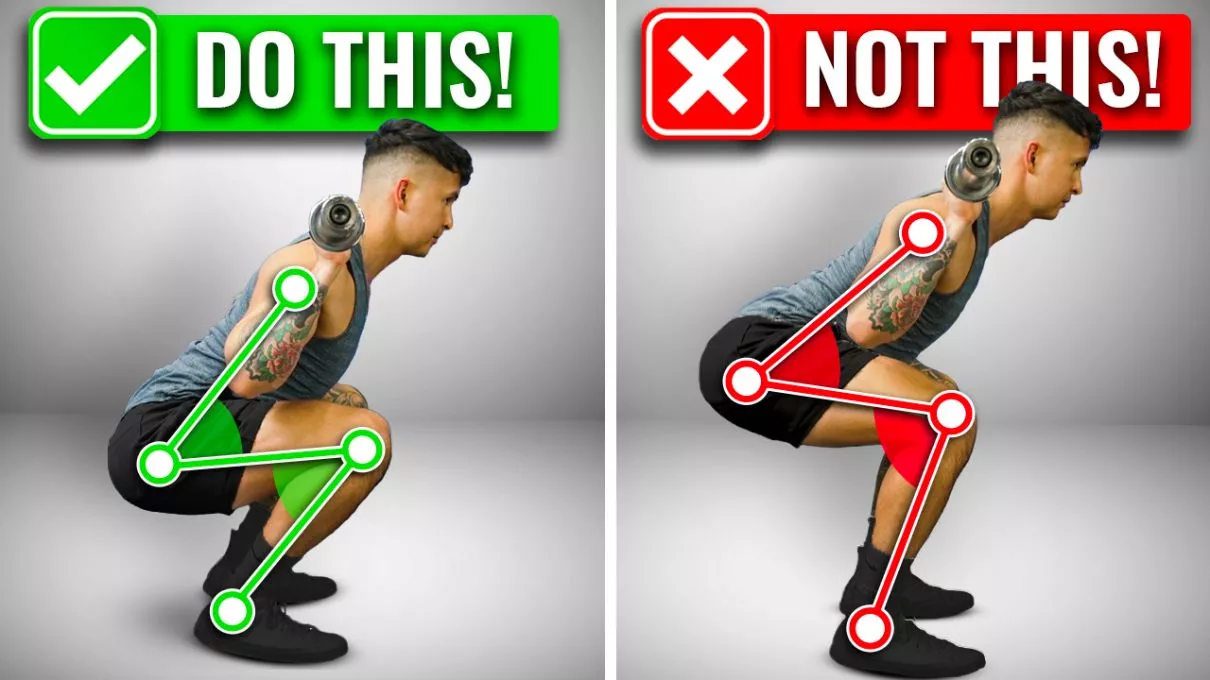
Prolapse and Exercise for Fitness. High impact fitness exercise involves exercises with both feet off the ground at the same time. The impact of landing forcefully increases the downward pressure on the pelvic floor and prolapse. The pressure of body weight is transferred to the pelvic floor and lower body.
The Proper Way to Squat Santa Cruz CORE Fitness + Rehab
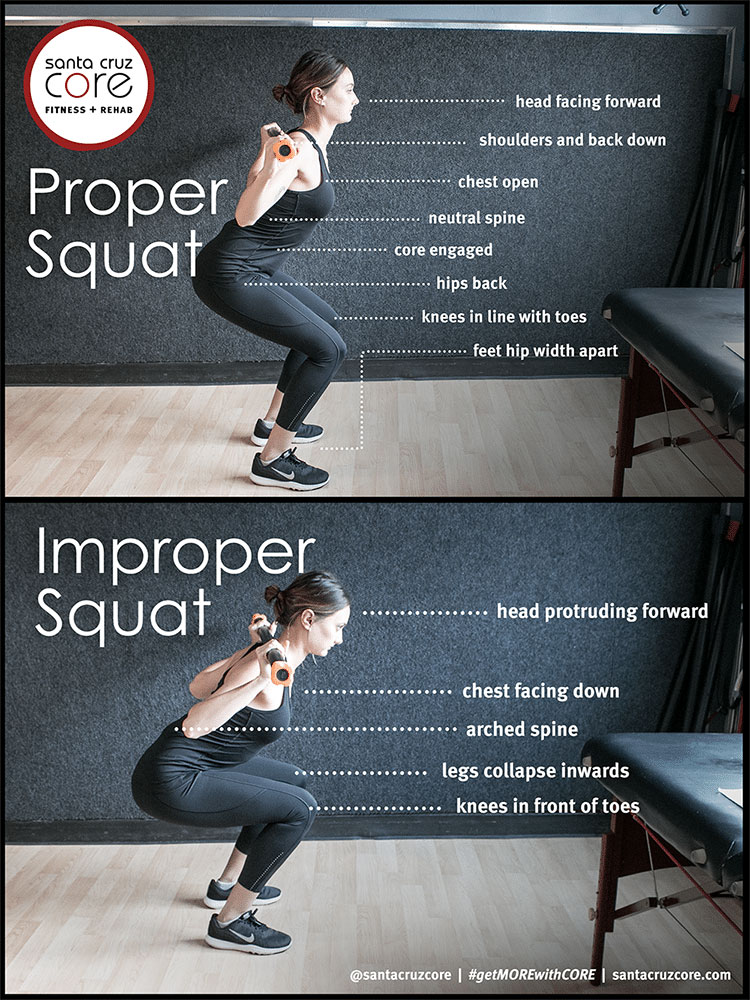
Contracting your pelvic floor muscles will help to minimise the downward strain on your prolapse or repair during lifting. Relax your pelvic floor muscles back to resting level having completed your lift, lower, push or pull. 7. Minimise Lifting Frequency. Try to avoid repetitive lifting where possible.
What Muscles Do Front Squats Work? Sport Science Insider
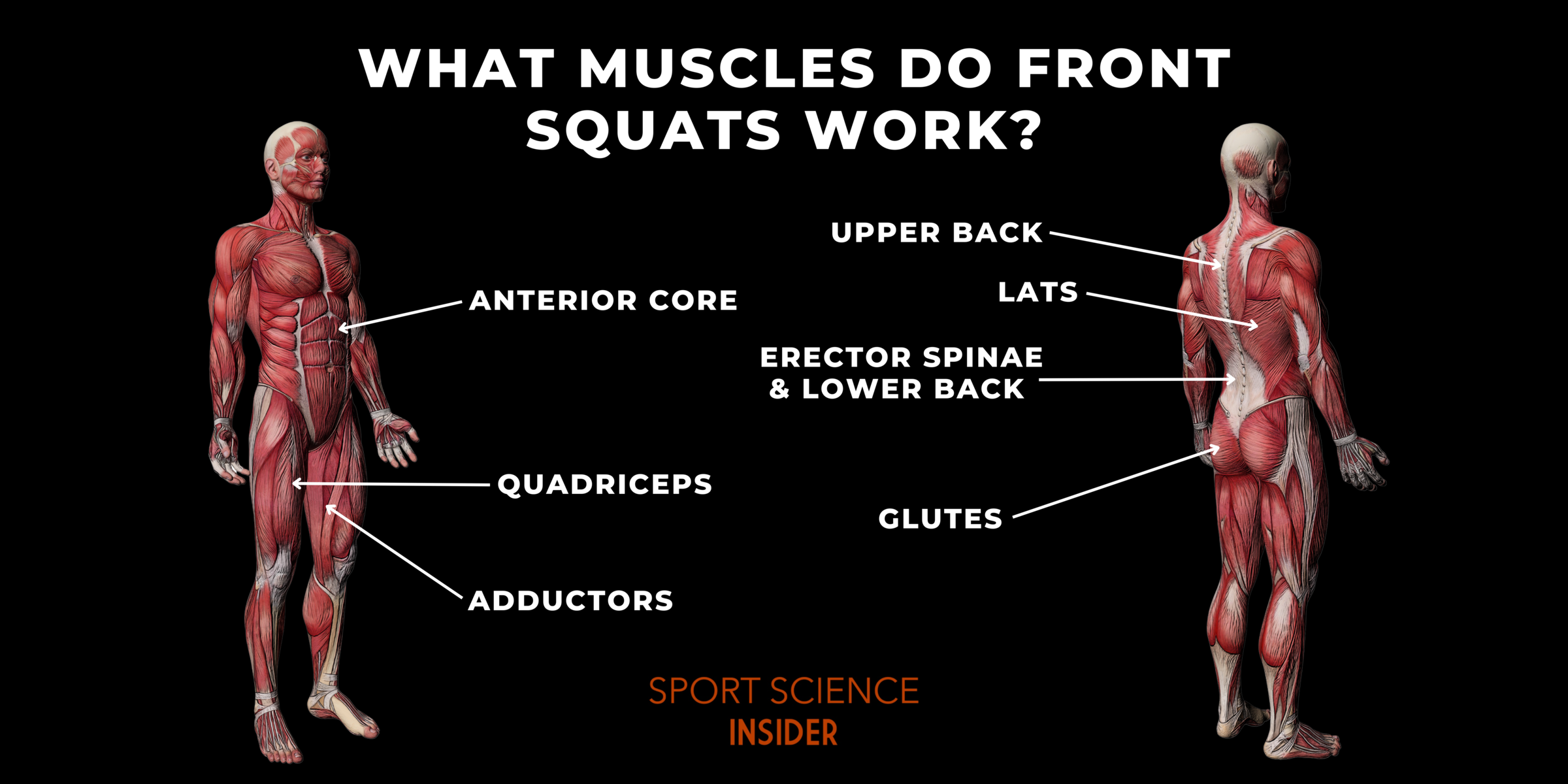
These are all vaginal prolapses, meaning that the organs descend downwards in, or towards the vagina. 1). Cystocele: is a prolapse of the bladder. 2). Rectocele: is prolapse of the rectum. 3). Uterine: is prolapse of the uterus. Different Grades of Prolapse. There are different "grades" to diagnosing a prolapse.
Squat form Derheritage
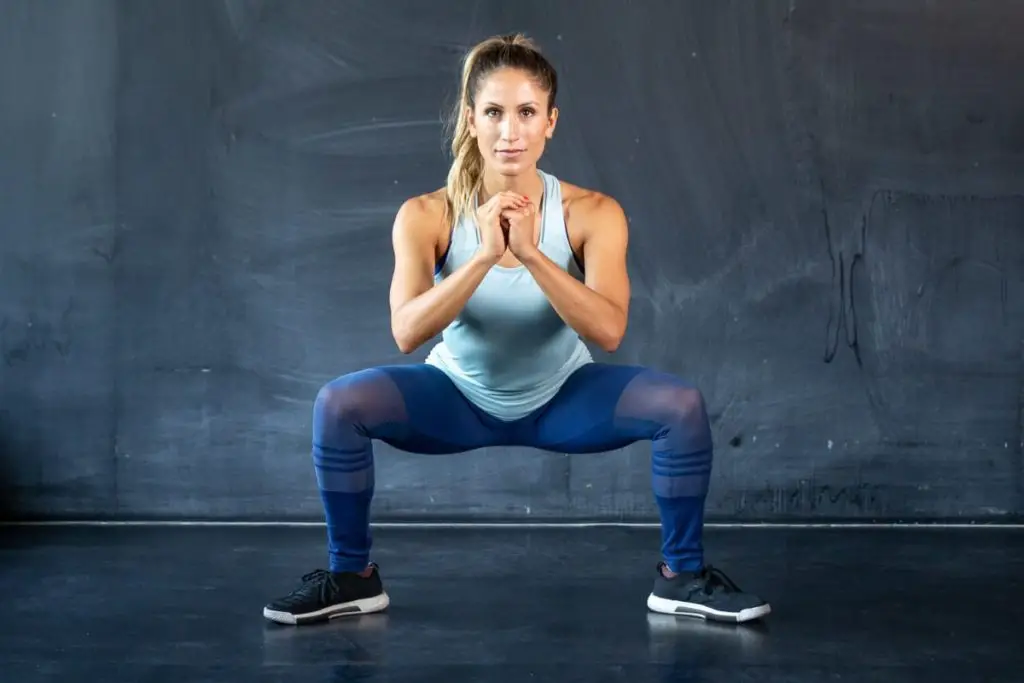
Here are five things I'd like all women to know about POP. 1. If you have POP, you're not alone. POP affects 1 in 4 women in their 40s and 1 in 3 in their 60s. By the time women reach their 80s, POP affects half of all women. It's often caused by changes during pregnancy and childbirth that weaken the pelvic floor.
Pin on pefect squat

Pelvic prolapse is not just about pelvic floor weakness, and there's a lot more to treatment than simply kegels.. crunches until you have a good handle on your pressure management strategies. In general, Try narrower stance squats, deadlifts and lunges until you become more comfortable. You might find split stance or kickstand variations.
Squat Challenge on Instagram “How to squat correctly to get your full

Relax for 3 seconds. Repeat up to 10 times. Do your pelvic floor exercises 3 times a day. Increase your hold time by 1 second a day until you reach 10 seconds. As your comfort level grows, you.
squats Carolina Bodybuilding

Squatting and deadlifting (all lower body lifts felt great after). #3. Walking without pushing a stroller. #4. Heavy upper body lifting for mid back muscles (rows). #5. Lower abdominal exercises. This list has changed and continues to change, and so should your list! In the beginning, moving was mentally hard.
Is The 30 Day Squat Challenge Worth It?

Position your feet no wider than hip-distance apart. * Keep your torso upright, and contract your core muscles to protect your lower back. Do not hold your breath while squatting. Inhale as you squat down and exhale as your rise back up. Keep your hips higher than your knees throughout the exercise to avoid pressure on your pelvic floor.
.

